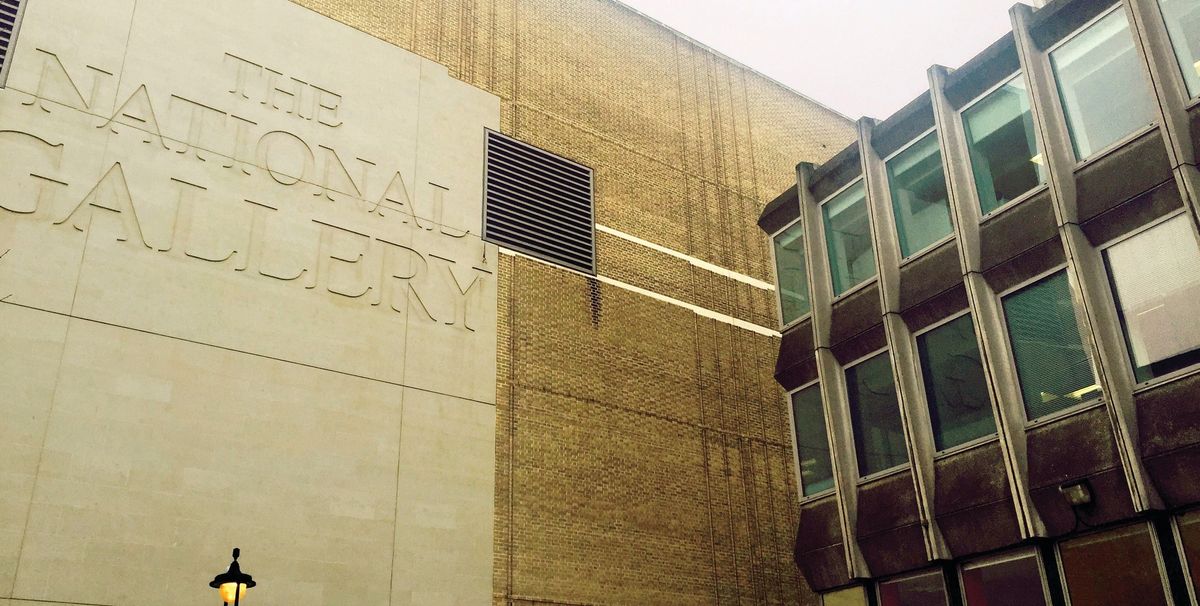Following the opening of a new ground-floor display space at the National Gallery last month, the institution is considering a much more ambitious project: an extension. It would be built behind the Sainsbury Wing, in a plot now occupied by St Vincent House. This architecturally dull 1960s glass-and-concrete block currently houses gallery offices and is partly rented to outside tenants.
Gabriele Finaldi, the National Gallery’s director, says that the proposed site “offers opportunities” for a much-needed expansion now that visitor numbers have jumped from 4.5 million in 1991, the year the Sainsbury Wing opened, to around six million today. “We have not yet made plans or commissioned architects, but the idea is in our minds and beginning to take shape,” he says.
The gallery bought St Vincent House in 1998 for £18m. It has proven a good investment: the property is now valued at more than £53m. It also brings in a rental income, which last year amounted to £2.4m. The first step towards expansion will be to move around 100 gallery staff out of the office block. Looking ahead, the gallery may build over internal courtyards at the east end of its main building to enable all office staff to work in the same premises. In some years’ time, the leases for tenants of St Vincent House—including a hotel and a Pakistani-Indian restaurant, as well as other offices—would be brought to an end.
Although St Vincent House is separated from the gallery by the narrow, little-used St Martin’s Street, it should be possible to build a covered bridge to either the Sainsbury Wing or the North Galleries of the main William Wilkins-designed 19th-century building. Finaldi must also determine the best use for the new space—permanent collection displays, temporary exhibition galleries or public services. The gallery has not yet estimated the cost of the project, but something on this scale is likely to cost well over £100m.

New space throws fresh light on Old Masters Last month, the National Gallery opened its first new gallery in 26 years: Gallery B, a temporary exhibition space on the ground floor, in rooms formerly used for archive storage. The inaugural display is dedicated to 20 paintings by Rubens and Rembrandt from the collection. As Gabriele Finaldi, the gallery’s director, explains, “Rembrandt admired Rubens” and it is fascinating to see how they sometimes tackled similar themes with quite different results. Bringing Rubens and Rembrandt downstairs has also helped free up space on the main floor, where the current Michelangelo & Sebastiano exhibition is now on (until 25 June).
After the Rubens and Rembrandt display closes this summer, we can report that the next show in Gallery B will be on Degas, with works from the Burrell Collection in Glasgow. The Burrell closed last October for major building work and is due to reopen in 2020. Degas is one of the major strengths of William Burrell’s collection. The National Gallery’s presentation is likely to open in September.


